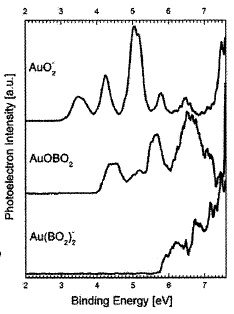Biomedical
Hyperhalogens: A New Class of Highly Electronegative Species
The technology
Market need
Highly electronegative molecules, such as halogens and superhalogens, are extremely good oxidizing agents. Also, their ability for form stable salts has lead to their wide use in disinfectants, air purifiers. These molecules have even been implicated as a treatment option for patients with depression. Thus, further research into these highly electronegative clusters has the potential to develop new species with even higher electron affinities.
Technology summary
A VCU researcher, in conjunction with researchers from the University of Konstanz and McNeese State University, has developed a new class of highly electronegative clusters known as “hyperhalogens.” Hyperhalogens were formed by surrounding a central metal atom or multi-metal core with superhalogen molecules. These clusters can serve as better oxidizing agents compared to superhalogens alone, and their ability to trap halogen atoms makes them suitable for biological decontamination. Additional applications include air purification and hygiene improvement. Furthermore, hyperhalogens may increase serotonin release in blood, which may aid treatments for depression.

Technology status
For more information about this technology, refer to the following publication: Willis et al., (2010) Angew. Chem. Int. Ed. 49(47) 8966-8970, available at http://onlinelibrary.wiley.com/doi/10.1002/anie.201002212/pdf.
